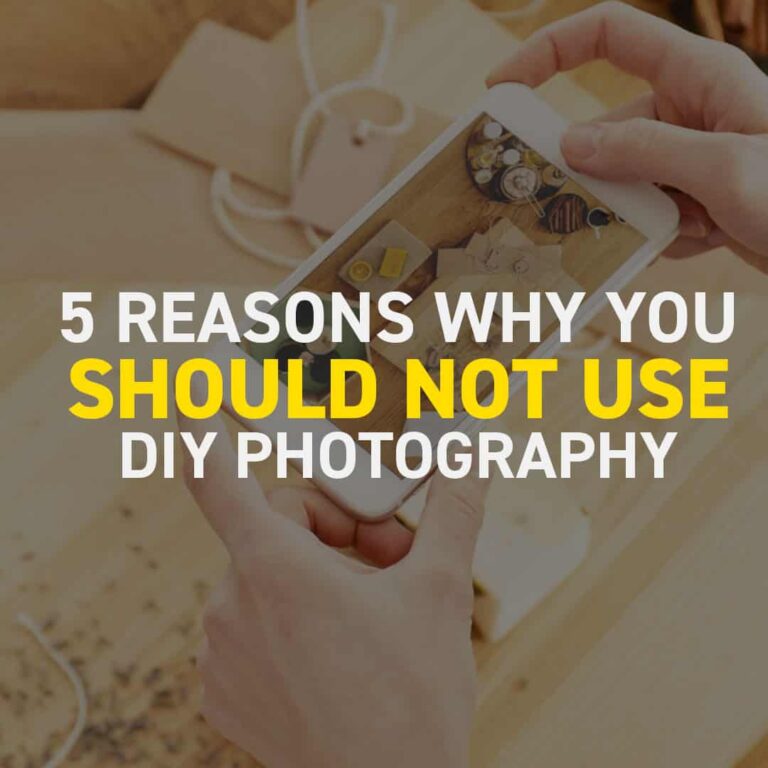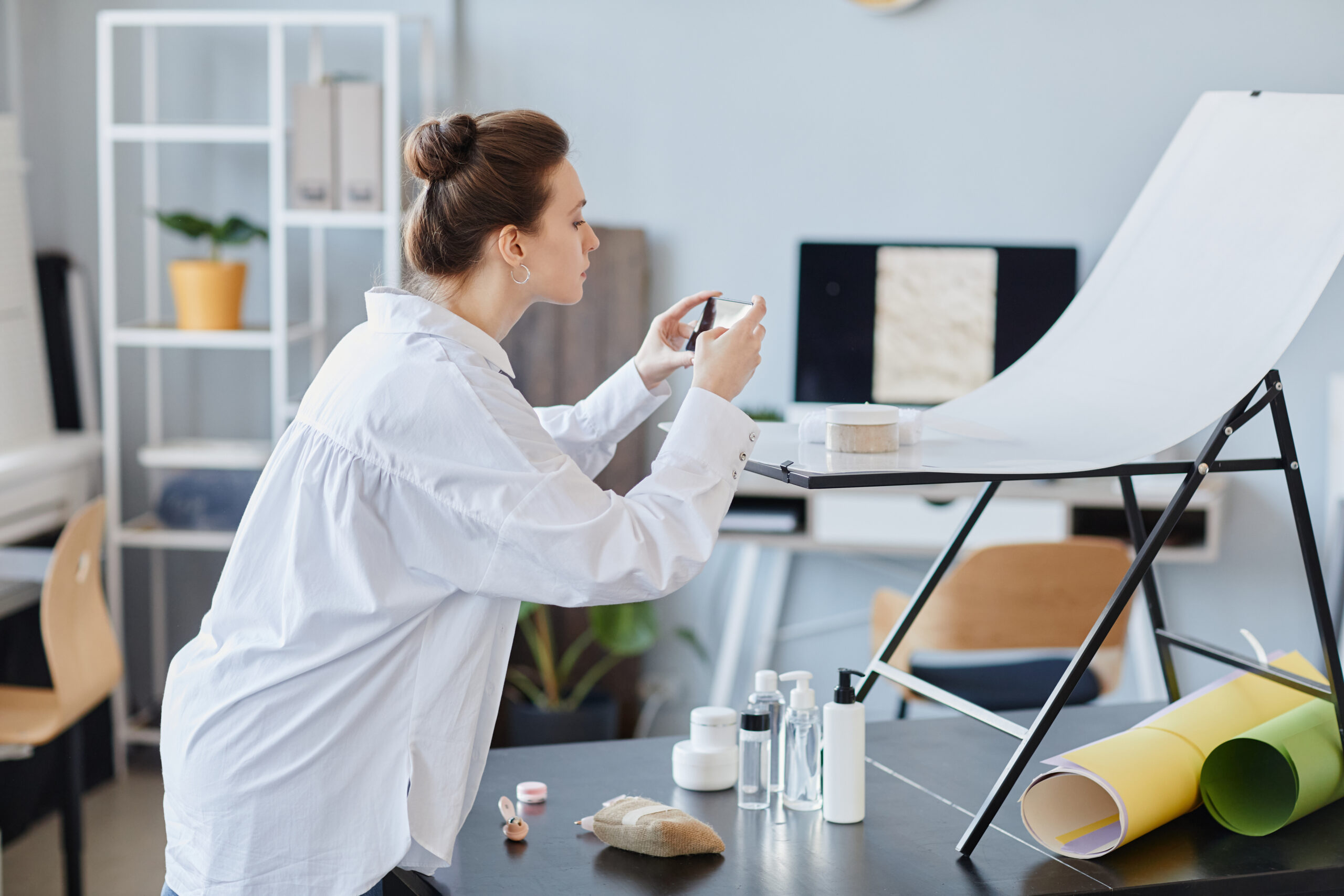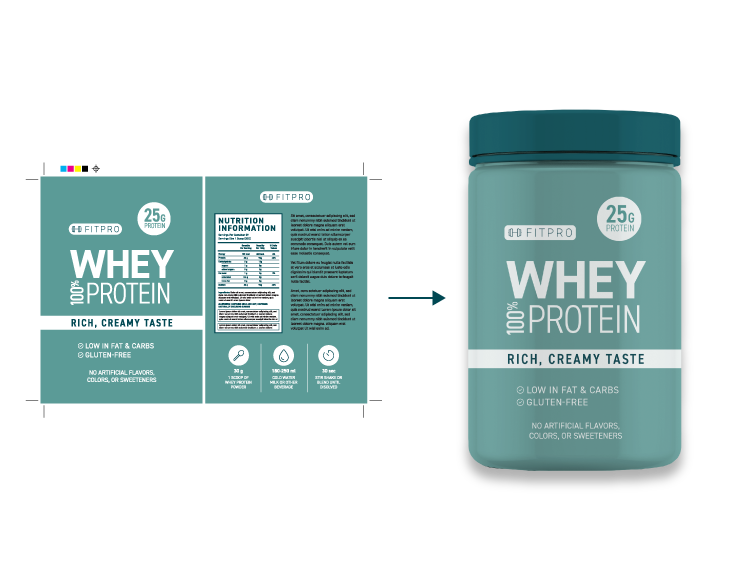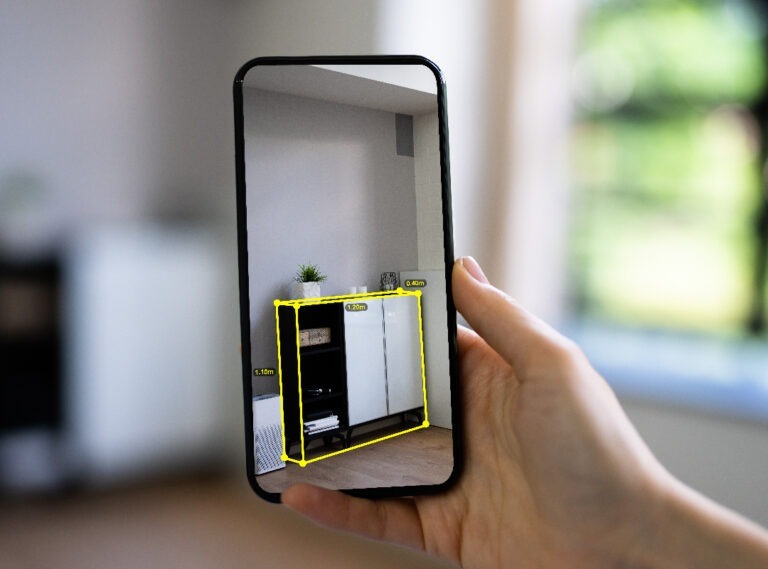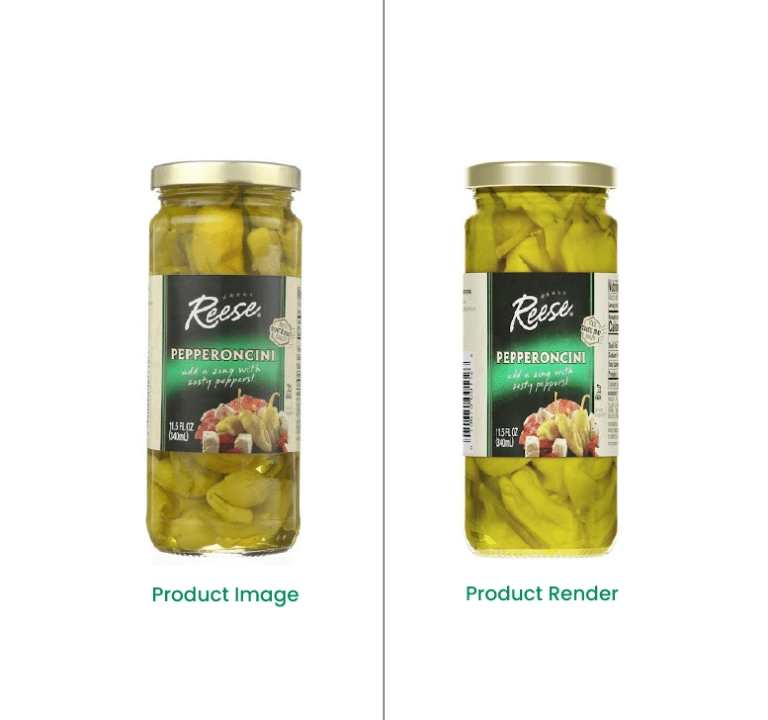Excellent product visuals are the name of the game in e-commerce these days. If shoppers can’t easily find clear, detailed images of a product on your website, they will head to a competitor’s site whenever they can.
If you’re unhappy with the current state of your website’s product visuals, you probably want new photos. You’ll need good ones, and a lot of them.
But how do you get best-in-class product images that accurately reflect the right features of your product? You could hire a professional to do it, but you might be thinking you can just do it yourself. I mean, you’ve got an iPhone, right?
DIY product photography might seem like the quicker, cheaper fix, but chances are it’ll actually cost more than it will return – in more ways than one. Below are five considerations for retailers and brands interested in going the DIY route for their product photography.

1. DIY Product Photography Takes Time, Money, and Energy Away from Growing Your Business
Sure, assembling an internal team to take your product photos may seem cheaper than hiring a professional photography studio to do it. But think of all of the time, equipment, and people you’ll need to devote to this project – especially when its return on investment isn’t guaranteed (more on that later).
If you recruit some of your own employees to take the photos, they might be able to get the job done – but they’ll spend a lot of their time troubleshooting and working through the learning curve of product photography, which is understandable if they don’t have the same experience as a professional.
Plus, time they spend taking photos is time they won’t be doing their actual jobs.
Depending on how many products you want to photograph, photo shoots can take months. And that’s not just the photographers’ time. You’ll need people to manage the project and handle all of the products and equipment.
You might also need to buy equipment. If you don’t already have everything you need for a product photoshoot, your shopping list might include: cameras, tripods, studio lights, a shooting table, white background, and editing software, among other things.
In other words, DIY photoshoots are costly, and with inexperienced people on the job, yours might end up taking longer than you can afford.
2. DIY Product Photography Requires Physical Space You Could Put to Better Use
To photograph all of your products, you’ll need physical space. That means setting aside square footage that you could probably use for something else, like storing products.
If you’re photographing a high volume of products or if you have large items like furniture or industrial equipment, it might make sense to shoot in your distribution center or on location. But that means you’ll need your team to transport all of those products to and from the set – which, once again, takes time and energy from your employees, rather than a hired team.
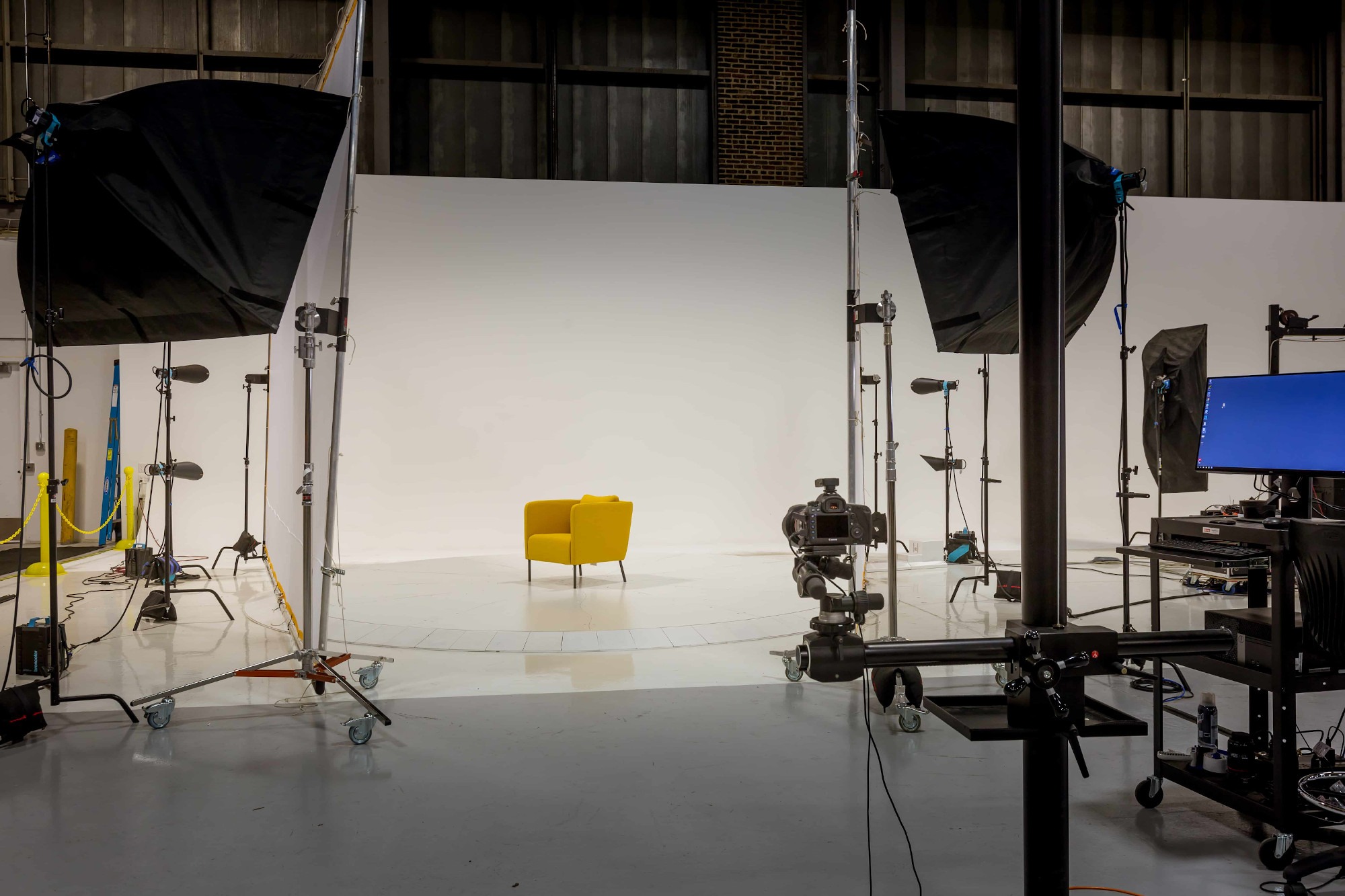
What’s more, a large-scale DIY photoshoot requires an immense amount of electrical power to support the photo equipment. You might actually have to upgrade your power if you’re working out of your distribution center – which you wouldn’t have to do if you shipped your products out to a photo studio.
3. DIY Product Photography May Not Yield High-Quality Images
The recipe for ecommerce success isn’t just having photos on your site. High-quality photos are a central ingredient.
According to the E-Tailing Group Internet Retailer Report, 75 percent of consumers listed the quality of product images the most important feature when shopping online. Another study shows that higher-quality images win customer trust more than lower-quality images. And securing this trust translates into actual dollars.
The last thing you want is to put in all the work to carry out your DIY photoshoot only to see the photos are lackluster compared to what you see on competitor sites. It’s probably because they hired a professional.
Professionals know what goes into taking a perfect product photo – they’re masters of lighting, angles, props, and equipment. When you do it yourself, you might end up with low-resolution, grainy photos or flash reflections on your shiny products, for instance.
You might be thinking, “I can just fix it in post-production.” But the editing process requires specific skills and will suck even more time and energy from those employees who already invested so much into this project.
4. It’s Hard to Scale DIY Product Photography
An analysis by a leading product experience management (PXM) company demonstrated that if you take two listings that appear side by side in an Amazon search engine results page (SERP), the one with more images will convert at a higher rate and outrank the competitor 53 percent of the time.
Shoppers don’t only want high-quality photos, they also want several photos for each product: one survey shows that customers expect five to eight images of every product on a website. The trouble with DIY is that it’s difficult to scale and provide a consistent visual experience for each product.
When you’re taking the photos yourself, you might have to scrap a few images that miss the mark on quality. At that point, you may be left with only one or two usable photos.
Quality issues combined with a low volume of product images can cost you big on conversions.
5. It’s Also Hard to Make Interactive Images Yourself
Gone are the days of ecommerce retailers only providing static images of a product. Many retailers now have rich product media such as 360 degree images on their sites, and they’re seeing a big return on investment.
When Home Depot added 360 degree photography to its product pages, the company saw 35 percent fewer returns.
And for True Value, a hardline wholesaler, pages that included 360 degree spinning images saw the following:
- Bounce rates decreased by 27 percent
- Add-to-cart rates increased by 35 percent
- Conversion rates increased 22 percent
Interactive images are another winning ingredient in improving important conversion metrics. But this kind of media is generally out of reach to DIY photographers – it takes professional equipment and software to generate 360 degree assets.
DIY Doesn’t Equal ROI
While a successful DIY product photography shoot is certainly possible, it’s simply difficult to do it all of it yourself, and it won’t be a guarantee that your investment pays off in your bottom line.
Investing in professional photography services, though, means you’ll get the engagement-enhancing, trust-building, and conversion-driving photos you were looking for – and you’ll save your team valuable time and energy so they can keep growing your business.
